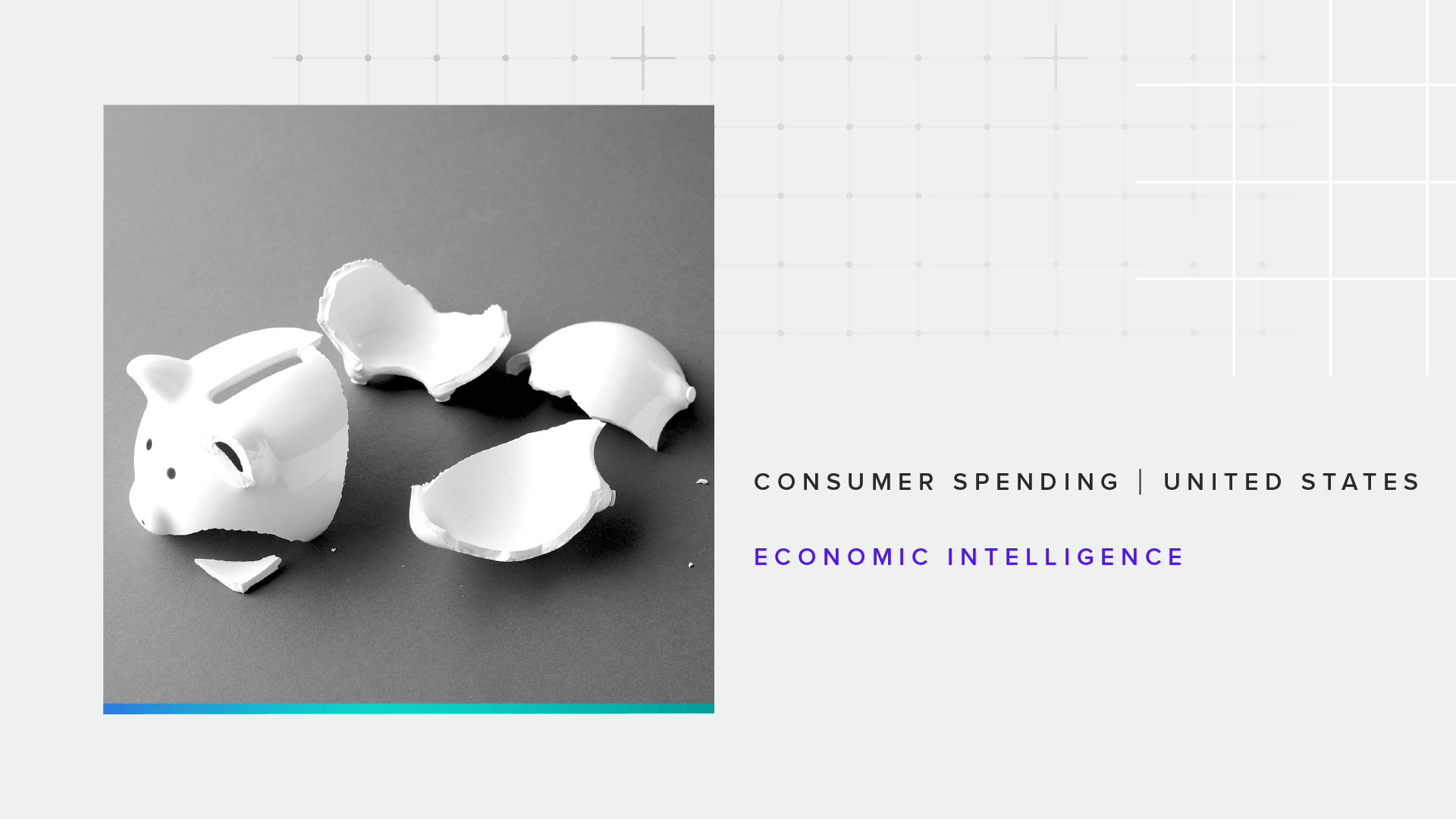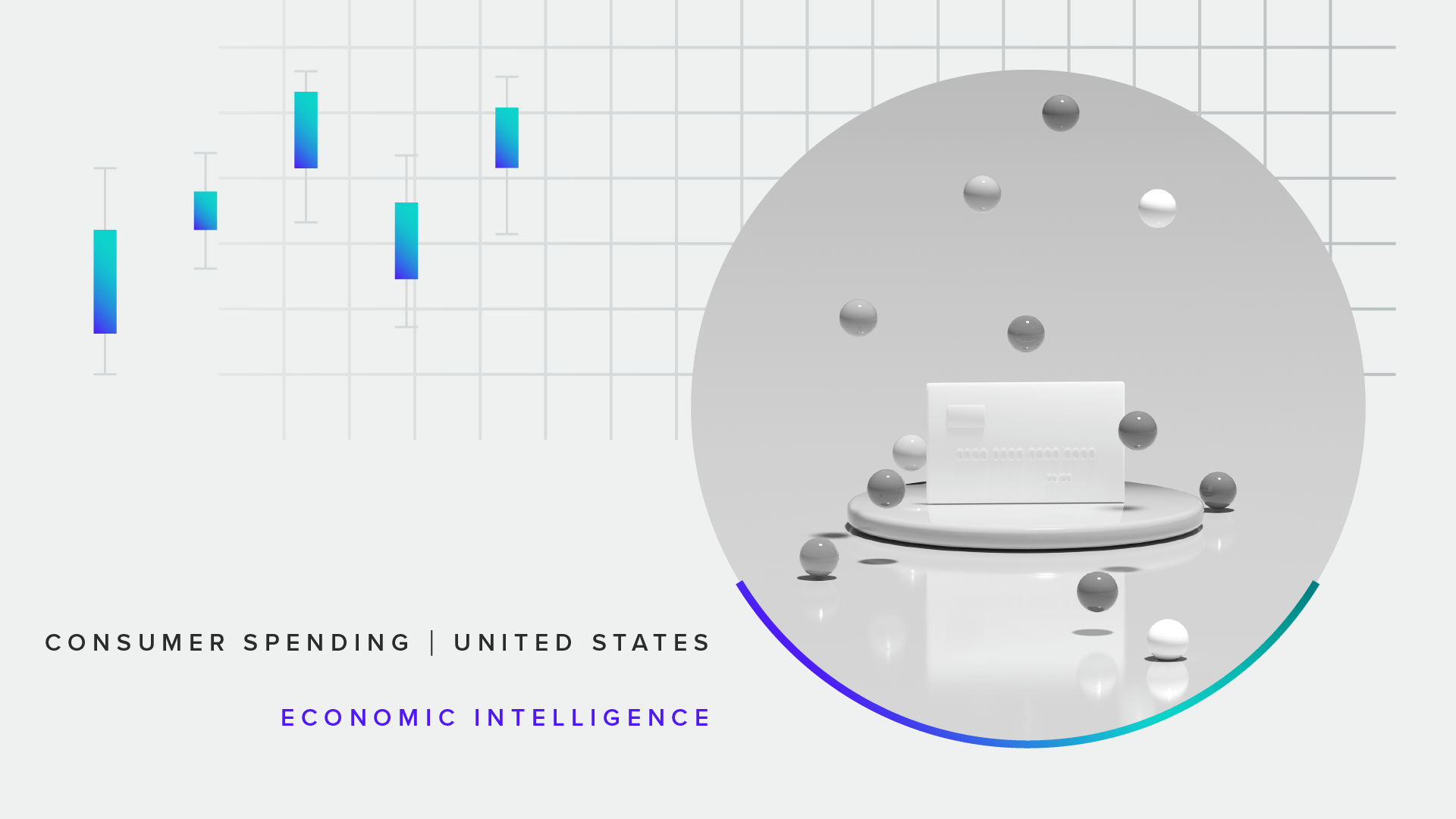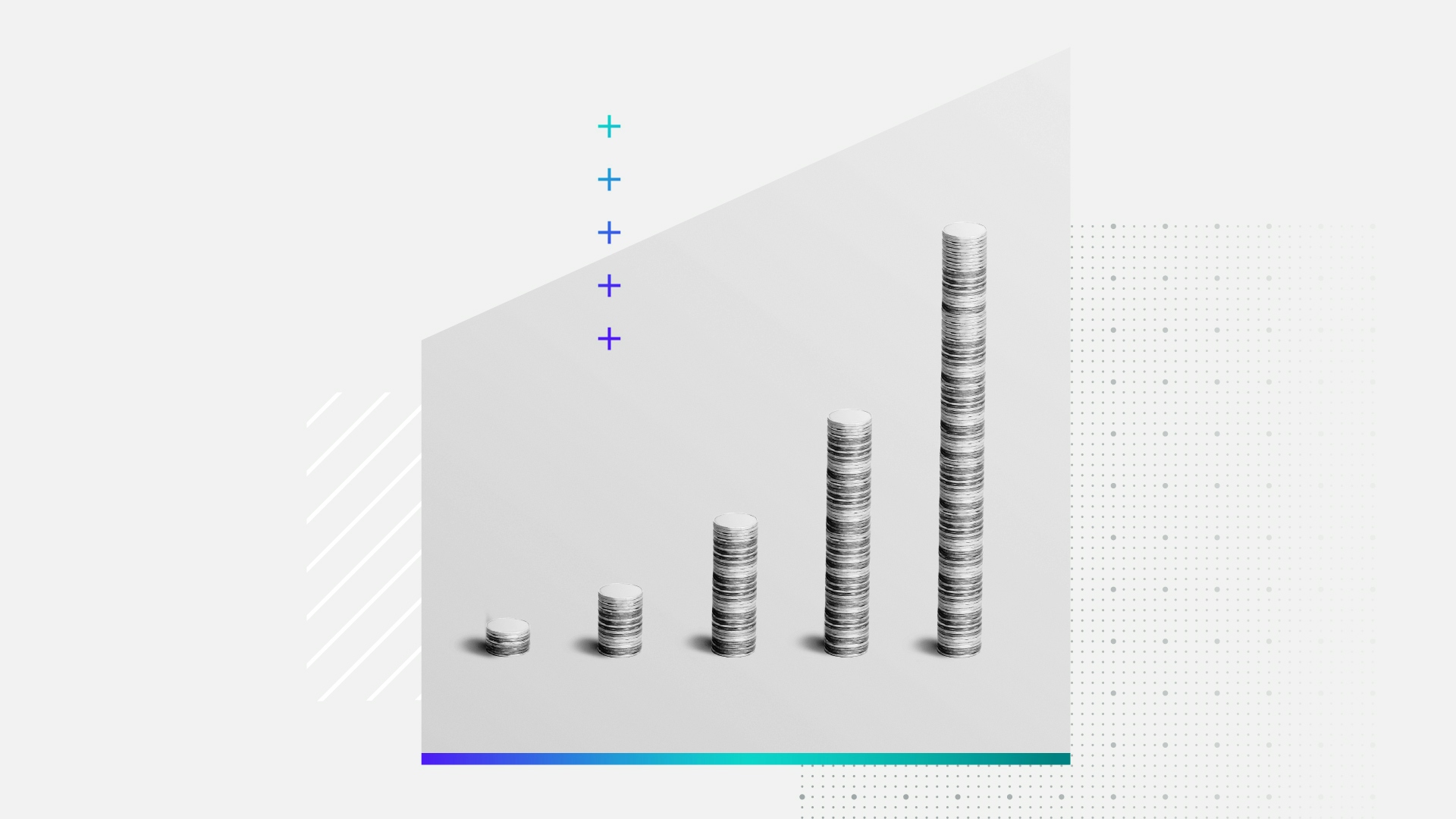2024 Spending Growth Hinges on High Earners’ Willingness to Splurge

Key Takeaways
Two overlapping pillars have been primarily responsible for supporting spending in recent years: (1) Higher earning households’ willingness to splurge and (2) expansion in purchases of services.
Going forward, high income adults are likely to continue shouldering much of the responsibility for spending growth as lower earning cohorts struggle more to save and pay down debts.
A recent dip in sentiment among high earners could be a worrying sign for topline growth as a potential indication that this cohort may be losing their appetite to splurge.
Surprisingly resilient spending has been a defining feature of the U.S. economy over the past few years despite stiff headwinds from historically high inflation and elevated interest rates. Personal consumption expenditures, the Bureau of Economic Analysis’ measure of aggregate consumer spending, have maintained positive annual growth since March 2021, providing a critical buffer against recession amid rapid interest rate hikes by the Federal Reserve beginning in 2022. A primary factor underpinning this expansion has been spending on services, a component that has consistently been the largest contributor to spending growth over the past three years.
Consumer Spending Growth Has Been Primarily Driven by Services Categories

While government data showed retail sales disappointed in May, Morning Consult’s spending data suggests consumers may be pulling back on some services purchases as well. Excluding housing, U.S. adults said they spent 2.9% less on service categories in May compared with April after accounting for inflation and seasonal factors. Discretionary service purchases were among the hardest hit, as consumers seemingly trimmed some nonessential spending from budgets.
Spending Declined For Most Categories in May

A monthly pullback on its own is not a reason to worry; however a sustained reduction in spending could put a drag on overall growth and increase the risk of an economic slowdown. Morning Consult’s data allows us to not only understand which categories are driving spending, but also which consumer groups are splurging or tightening belts. Layering in demographic-level detail allows us a deeper understanding of the near-term trajectory of spending.
High earners are driving spending growth
Breaking out Morning Consult’s consumer spending data by annual household income reveals stark differences in purchasing patterns. While the lowest income cohort has been paring back real spending on both goods and services since inflation began surging in 2022, adults from households earning $100,000 or more reported robust growth in services spending and steady levels of goods purchases. Middle income adults’ spending growth initially followed a similarly strong trajectory, but tapered off in recent months. Paired with the understanding that services categories have been the main driver of overall spending growth, these findings lend support to the notion that high-income adults are playing a crucial role in propping up aggregate spending.
High Earners’ Services Purchases Are Primary Source of Spending Expansion

It stands to reason that an individual consumer from a high-income household possesses more spending power than one from a lower earning household. However, there are a smaller number of households earning $100,000 or more than there are households who earn less than that. We estimated the aggregate effect of high-income adults’ spending per category by multiplying Morning Consult’s average per-household spending level by income group by the total number of households within that same income group as reported by the Bureau of Labor Statistics’ latest Consumer Expenditures survey, and then calculating the highest earners’ share of the total. This exercise showed that while high earners make up only about a third of total households, they are responsible for about 46% of total spending, and even higher proportions across many categories.
High Earners Punch Above Their Weight When it Comes to Spending—Especially for Services

Importantly, services like recreation, education and travel are among the categories for which purchases are most strongly driven by higher earning adults. This cohort appears disproportionately responsible for determining the trajectory of services spending, the same component that has proved most critical to supporting spending growth overall throughout the current economic recovery.
Persistent cost of living pressures limit spending potential for lower earning households
There are several potential factors contributing to a more favorable spending trajectory for higher earning adults than that of lower income households. For example, high earners are more likely to have additional income streams outside of money earned from working, including investments in equity markets. A rallying stock market in recent months may have helped boost this group’s feelings about their personal finances, in turn encouraging spending.
Coming out of the pandemic, wealth inequality appeared to narrow as stimulus checks and job market gains appeared to disproportionately benefit lower income households. Since 2022, however, persistently elevated inflation quickly eroded savings buffers as purchasing power declined. By the time inflation cooled enough to allow income growth to once again surpass price growth in 2023, the cost of living had already risen to a painfully high level for those with exhausted savings living paycheck to paycheck.
Morning Consult’s data tracking consumers’ monthly ability to save helps illustrate this story: The net shares of consumers who reported having leftover monthly income after paying their expenses declined rapidly in 2022 as inflation took off. Even as inflation cooled throughout 2023 and early 2024, savings ability trended roughly flat for each income cohort rather than recovering to previous levels. Those earning less than $50,000 per year had by far the weakest savings ability, with a net share of 16% reporting leftover income in May 2024. In contrast, and even after a recent decline, 60% of those with at least $100,000 annual household income reported savings ability on net.
Lower Earners Struggle More to Save and Pay Off Credit Debt

Disparities in debt burdens may also play a role in discouraging spending by lower income adults. Higher liabilities detract from future purchases, as debt-laden consumers must allocate a portion of their earnings toward paying off past purchases rather than new spending. At the same time lower earners were increasingly dipping into savings, so too was this group relying more on debt to cover expenses. Furthermore, lower earning adults tend to have weaker credit scores than their higher earning counterparts and, consequently, higher interest rates. The self-reinforcing cycle of lower earning households experiencing rising balances, elevated interest rates, and diminished savings to fall back on is likely contributing to the recently observed uptick in delinquencies on credit card debt.
In short, while this group continues to be supported to an extent by the surprisingly resilient labor market, lower earning Americans are an unlikely source for imminent spending gains. Higher earners remain in a relatively stronger financial position; any resurgence in summer splurging is likely to fall primarily on the shoulders of these consumers.
Rising housing costs for high earners may be a headwind for discretionary spending
So far in 2024, high-income households have continued to support spending growth. From January through May, spending by this group has surpassed its 2023 level by 4.6%, compared with 3.3% growth for middle income adults and a 2.1% decline in purchases by the lowest earning cohort. Much of the disparity in spending growth over this period was driven by housing costs: High earners – who are relatively more likely to be homeowners – spent considerably more on this category so far this year, while low earners – many of whom are renters – reported declining housing costs on average.
Housing Costs Are A Major Differentiator Between Low and High Income Spending Growth

Homeownership status as a differentiator makes sense in light of current housing market dynamics: While low supply and elevated interest rates continue to prop up the cost of buying, rapid supply growth of multi-family homes has dragged down rents in certain parts of the country, enabling cost savings for renters.
As the single largest monthly cost for most households, spending on housing could play an important role in shaping purchasing patterns going forward. If tight homeownership conditions continue to put upward pressure on high earners’ housing costs, they may have less room in budgets to allocate to discretionary categories–including many services categories that helped propel spending growth in 2023.
Housing Unaffordability Corresponds With Falling Sentiment for High Earners

Morning Consult’s daily indexes tracking consumer sentiment suggests housing unaffordability may be a factor influencing high earners’ views on current economic and personal financial conditions. Since 2018, the National Association of Realtors’ measure of housing affordability and the Index of Current Conditions (ICC) for adults earning $100,000 or more have maintained a moderately strong negative correlation. Through the first few weeks of June, high earners’ ICC scores have been declining following an uptick in housing unaffordability this spring. Weaker views on current conditions could be a worrying sign for spending, adding to the risk of slower outlays by the high-earning consumers that have played an outsized role thus far in driving topline growth.
Kayla Bruun is the lead economist at decision intelligence company Morning Consult, where she works on descriptive and predictive analysis that leverages Morning Consult’s proprietary high-frequency economic data. Prior to joining Morning Consult, Kayla was a key member of the corporate strategy team at telecommunications company SES, where she produced market intelligence and industry analysis of mobility markets.
Kayla also served as an economist at IHS Markit, where she covered global services industries, provided price forecasts, produced written analyses and served as a subject-matter expert on client-facing consulting projects. Kayla earned a bachelor’s degree in economics from Emory University and an MBA with a certificate in nonmarket strategy from Georgetown University’s McDonough School of Business. For speaking opportunities and booking requests, please email [email protected]


